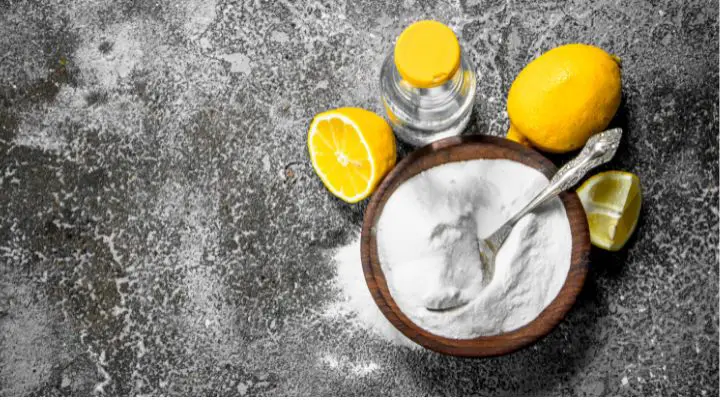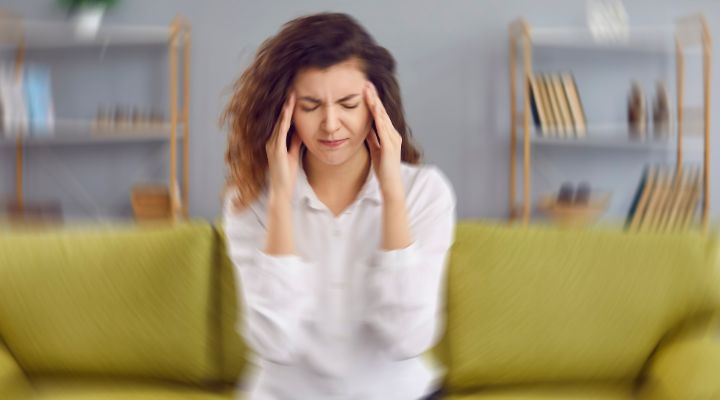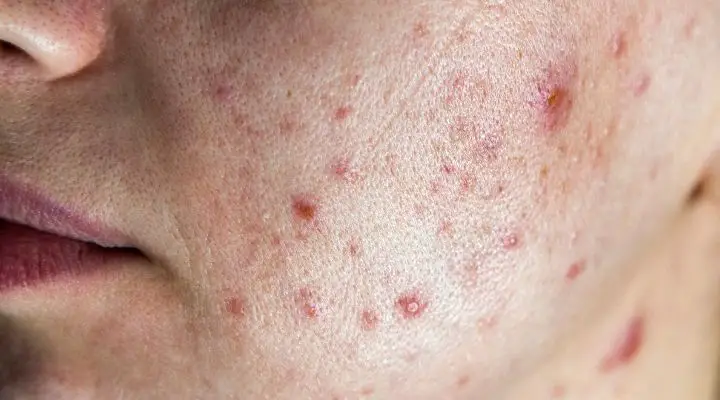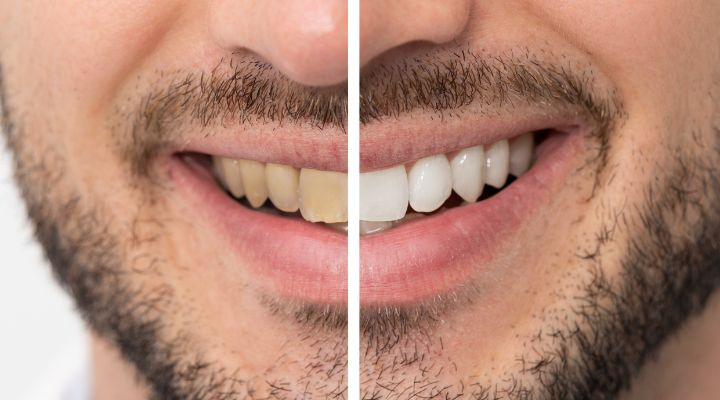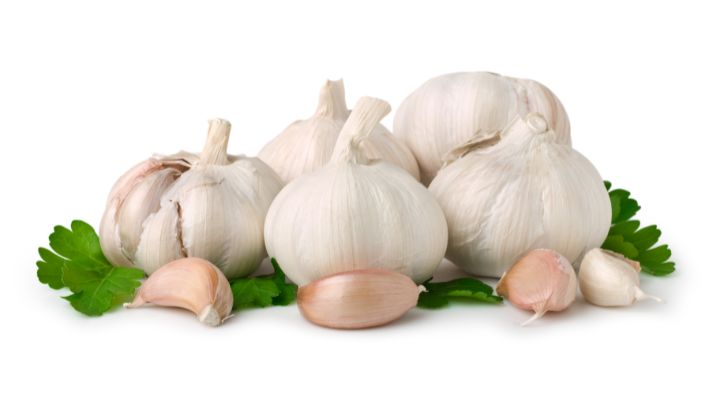Baking soda, also known as sodium bicarbonate, is a versatile ingredient that extends far beyond the realm of baking. Its uses span across various household tasks, but perhaps one of its most underrated applications lies in the realm of beauty. From skincare to haircare, and even dental care, baking soda boasts a plethora of beauty tricks that every woman should know about.
Facial Cleansing with Baking Soda
Facial cleansing is a crucial step in any skincare routine, and using baking soda can elevate your cleansing game to the next level. Baking soda acts as a gentle exfoliant, helping to remove dead skin cells and unclog pores, leaving your skin feeling refreshed and rejuvenated.
To cleanse your face with baking soda, simply mix a small amount with water to form a paste, then gently massage it onto damp skin in circular motions. Rinse thoroughly with warm water and pat dry for beautifully cleansed skin.
Exfoliating with Baking Soda
Exfoliation is key to maintaining healthy, radiant skin, and baking soda can serve as a fantastic exfoliant. Its fine texture helps to slough away dead skin cells, revealing smoother, softer skin underneath.
For an easy DIY exfoliating scrub, mix equal parts baking soda and water to form a paste. Gently massage the mixture onto damp skin, focusing on areas prone to dryness or roughness, then rinse off with lukewarm water.
Brightening Skin Tone with Baking Soda
If you’re looking to achieve a brighter, more even skin tone, look no further than baking soda. Its alkaline properties help to balance the skin’s pH levels, resulting in a more radiant complexion.
To brighten your skin tone with baking soda, simply mix a teaspoon of baking soda with a few drops of lemon juice to form a paste. Apply the mixture to your face, taking care not to get any in your eyes. Let it sit for five to ten minutes, then rinse it off with water.
Treating Acne and Blemishes
Acne and blemishes can be a source of frustration for many, but baking soda offers a natural solution. Its anti-inflammatory properties help to reduce redness and swelling associated with acne, while its exfoliating properties help to unclog pores and prevent further breakouts.
To treat acne and blemishes with baking soda, mix a small amount with water to form a paste, then apply it directly to the affected areas. Leave it on for 10-15 minutes before rinsing off with warm water, then pat dry.
Natural Deodorant Alternative
Concerns over the ingredients found in conventional deodorants have led many to seek out natural alternatives, and baking soda fits the bill perfectly. Its odor-neutralizing properties help to combat body odor without the use of harsh chemicals.
To make your own natural deodorant with baking soda, simply mix equal parts baking soda and cornstarch, then add a few drops of your favorite essential oil for fragrance. Apply the mixture to clean, dry underarms for all-day freshness.
Hair Cleansing and Clarifying
Over time, hair can become weighed down by product buildup and environmental impurities, but baking soda can help to clarify and cleanse your locks. Its gentle yet effective formula removes excess oil and residue, leaving your hair feeling clean and revitalized.
To clarify your hair with baking soda, mix a tablespoon of baking soda with water to form a paste, then massage it into your scalp and hair. Leave it on for a few minutes before rinsing thoroughly with water, then follow up with your regular shampoo and conditioner routine.
Whitening Teeth Naturally
A bright, white smile is often associated with good oral hygiene and overall health, and baking soda can help you achieve just that. Its mild abrasive properties help to remove surface stains and discoloration, resulting in a brighter, whiter smile.
To whiten your teeth naturally with baking soda, simply dip your toothbrush into some baking soda and brush as usual. Alternatively, you can mix baking soda with a small amount of water to form a paste and apply it to your teeth using your finger or a cotton swab.
Soothing Sunburns and Skin Irritations
Sunburns and skin irritations can leave your skin feeling sore and inflamed, but baking soda can provide relief. Its anti-inflammatory properties help to soothe redness and irritation, while its alkaline nature helps to balance the skin’s pH levels.
To soothe sunburns and skin irritations with baking soda, dissolve a cup of baking soda in a warm bath and soak for 15-20 minutes. Alternatively, you can make a paste with baking soda and water and apply it directly to the affected areas for targeted relief.
Foot Care with Baking Soda
Proper foot care is essential for maintaining healthy, happy feet, and baking soda can help keep them in top condition. Its deodorizing properties help to neutralize odors, while its exfoliating properties help to soften rough, calloused skin.
To give your feet some TLC with baking soda, simply dissolve a few tablespoons of baking soda in warm water and soak your feet for 15-20 minutes. For extra exfoliation, you can add a handful of epsom salt to the mixture.
Natural Nail Care
Healthy nails are a sign of good overall health, and baking soda can help you achieve strong, beautiful nails. Its antifungal properties help to combat nail infections, while its exfoliating properties help to remove dead skin cells around the nails.
To care for your nails with baking soda, mix equal parts baking soda and water to form a paste, then gently massage it into your nails and cuticles. Rinse off with warm water and pat dry for healthier, happier nails.
DIY Baking Soda Beauty Recipes
The versatility of baking soda lends itself well to DIY beauty recipes, allowing you to customize your skincare and haircare routine to suit your needs. From face masks to hair treatments, the possibilities are endless.
One popular DIY beauty recipe is a baking soda face mask, which can help to detoxify and brighten the skin. Simply mix equal parts baking soda and honey to form a paste, then apply it to your face and leave it on for 10-15 minutes before rinsing off with warm water.
Safety Precautions and Tips
While baking soda is generally safe for use on the skin and hair, there are a few precautions to keep in mind. It’s important to patch test any new beauty treatments, especially if you have sensitive skin, to avoid potential irritation or allergic reactions.
Additionally, it’s essential to use baking soda in moderation, as overuse can lead to dryness and irritation. If you experience any adverse reactions, such as redness or itching, discontinue use immediately and consult a dermatologist.
Incorporating Baking Soda into Daily Beauty Routine
Incorporating baking soda into your daily beauty routine is easy and affordable, with a wide range of benefits for your skin, hair, and nails. Whether you’re looking to cleanse, exfoliate, or brighten, baking soda has got you covered.
By following these simple tips and tricks, you can harness the power of baking soda to achieve healthier, more radiant skin, hair, and nails. Say goodbye to expensive beauty products and hello to natural, effective solutions with baking soda.
Conclusion
Baking soda is truly a powerhouse ingredient when it comes to beauty care, offering a multitude of benefits for the skin, hair, and nails. From cleansing and exfoliating to soothing and brightening, its versatility knows no bounds.
By incorporating baking soda into your daily beauty routine, you can achieve healthier, happier skin, hair, and nails without breaking the bank. So why wait? Give these mind-blowing baking soda beauty tricks a try today and experience the difference for yourself!
